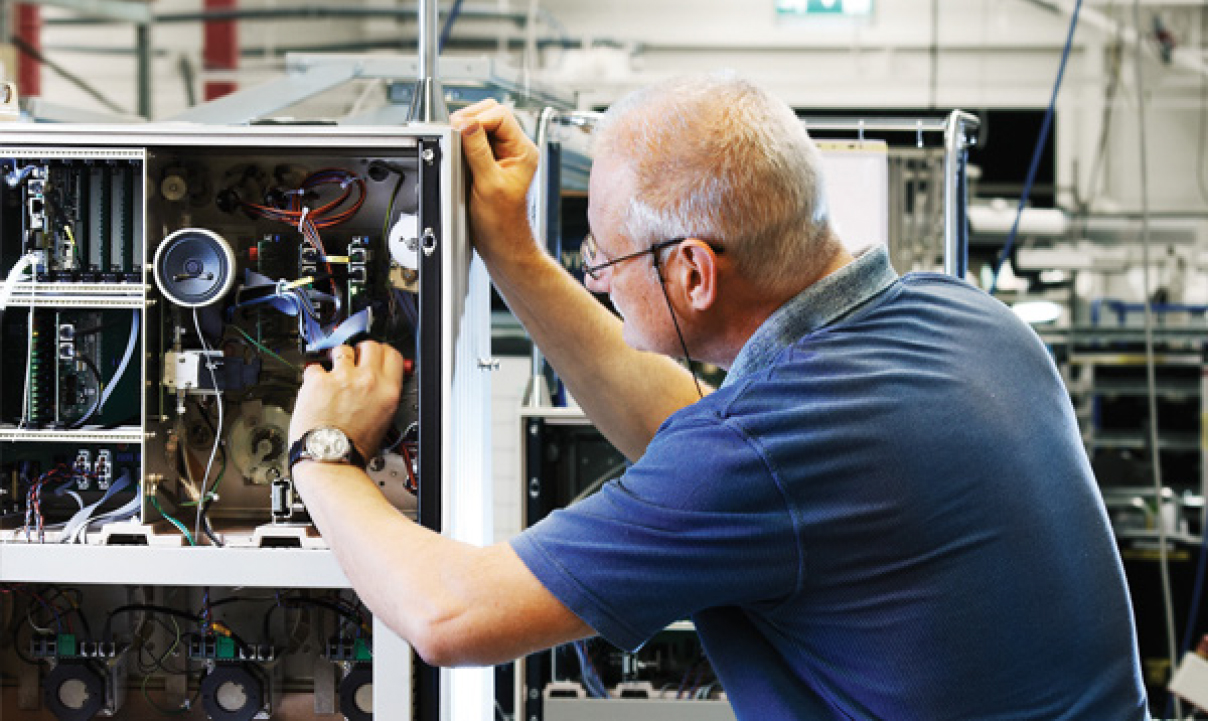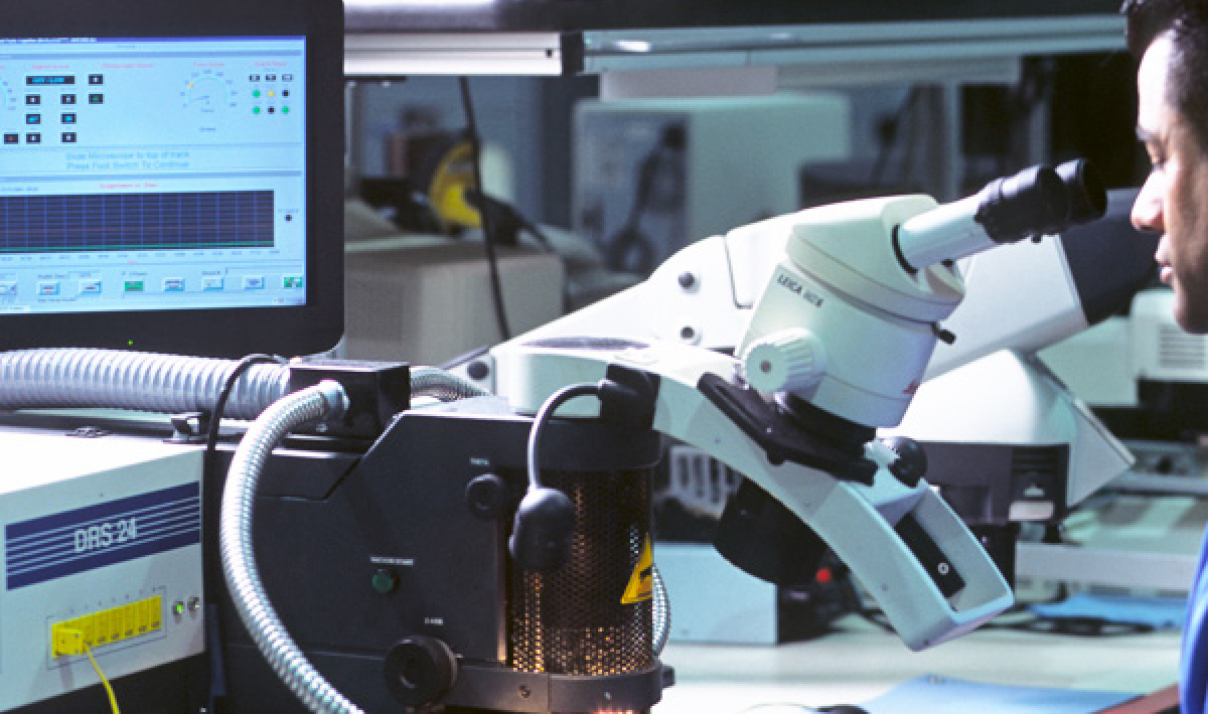The Growing World of Medical Device Repair
By Paul de Voor, Sanmina
The latest advances in medical devices and equipment are revolutionizing the way the medical community and patients manage health and disease. For patients waiting for results from blood tests or nasal swabs, highly complex fluid analysis equipment now provides results faster than ever, which is critical for containing infectious diseases like Covid-19 or identifying and treating other illnesses.
When it comes to cancer detection, the latest equipment utilizes sophisticated imaging technology to quickly and accurately detect disease. For many patients with chronic illnesses, a combination of personalized medical devices and telemedicine enables them to enjoy the convenience of monitoring key health data from home. Even when making a regular trip to the pharmacy, patients can now obtain personal health data like blood pressure or heart rate readings from a large diagnostics machine while waiting for a prescription to be filled.
Just like the other electronic devices we rely on every day, all of these complex medical products require repairs and updated parts over time. Most of these high-tech medical devices are very sophisticated and prohibitively expensive, so simply buying a new machine or device to replace a broken unit is not a viable option for hospitals, clinics or consumers. These machines are also becoming more technically complex, with multilayered printed circuit boards, complicated circuitry, and smaller, lightweight, sensitive components.
In 2020, the global medical equipment maintenance market reached $35.3 billion and is forecast to expand at a 7.9% compound annual growth rate (CAGR) from 2021 to 2027, according to market tracker Grandview Research. Macro trends supporting this growth include an increase in smarter medical devices, a rise in life-threatening diseases that require regular monitoring, and increased demand for repaired and refurbished medical equipment.
In the coming years, more devices will be maintained and managed remotely, resulting in new demands for technological expertise to manage those remote systems in the cloud. At the same time, the growing geriatric population will contribute to increased demand for remote patient monitoring devices and the maintenance services required to support them.

Ensuring Efficiency and Quality
When medical equipment malfunctions, defective components or entire systems are typically sent offsite to repair facilities to be fixed. The repaired parts then go back into stock and are used on-demand, facilitating an efficient and cost-effective method for re-using valuable and complex electronics.
Refurbishing some medical equipment involves stripping it down to the metal frame, repairing electro-mechanical components and reassembling the product. From there, it takes several days of testing, documentation, and certification to ensure the product will function properly in an external environment.
One-stop shop maintenance facilities can also handle processes for returns, logistics and kitting. When new equipment is installed or repaired onsite at a medical facility, technicians should have a kit at their fingertips with all the components and instructions they need to complete the work without having to order and wait for new parts.
The stakes are high when it comes to ensuring quality during the repair of these products, since any type of failure could put a patient’s health and safety at risk. Engineers and technicians that fix or upgrade these medical devices must have extensive knowledge and training across several disciplines including electronics, clinical chemistry and medical imaging, and the ability to comply with the latest regulatory requirements. Factories that handle these capabilities must also have achieved several industry and regulatory certifications across medical and electronic disciplines.
As new breakthroughs in science, medicine and technology continue to facilitate more innovation in the global medical device market, medical equipment manufacturers are increasingly turning to seasoned providers that can support their growing repair and refurbishment needs. The organizations that have deep medical, engineering and quality expertise and a full suite of services that include manufacturing integration, distribution, returns and repair, as well as comprehensive refurbishment, will thrive in this growing market.

 Paul de Voor
Paul de VoorPaul de Voor serves as Senior Director of Operations for Sanmina, overseeing repair and refurbishment of medical products, as well as integration of industrial 3D printers. In his career, Paul has managed repair centers in Texas, Mexico, Colombia, Brazil, and Argentina. Prior to joining Sanmina, Paul worked for Philips, where he managed projects for engineering and production of semiconductors, CD drives, and optical lenses.